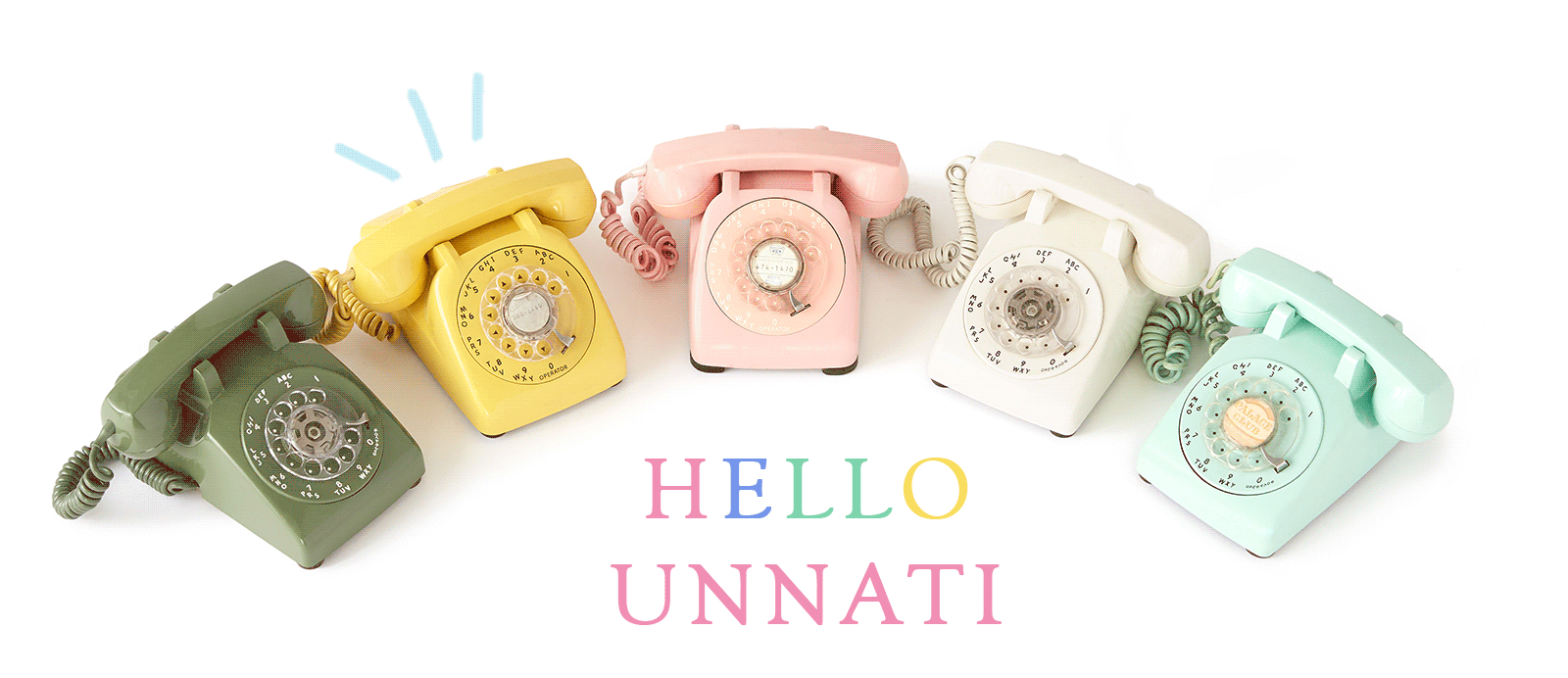Parsi Work- Glory
EMBROIDERIES OF INDIA / PARSI WORK / GLORY
PARSI WORK
The Glory of the Gara
- Part of every Parsi bride’s trousseau, the gara sari is an enchanting garden of visual delight. What the Kanjeevaram is to a south Indian and Benarasi to north and east Indians, the gara is to the Parsi community. A thing of beauty to be treasured and passed from mother to daughter, aired at weddings and other formal occasions, then carefully packed and kept away, ready and waiting for the next big outing.
- Unlike the Kanjeevarams and Benarasis that are woven, the Gara is embroidered. That too by hand. Though looking at its neatness and detailing, one could easily mistake it for being machine-made.
- A traditional gara comes in three basic styles — a dense all-over jaal pattern; a border and pallu with small motifs sprinkled across; or just a running border that can be stitched onto a sari. The price is, therefore, determined by the intricacy and extent of the embroidery.
- It is also a test of patience and perseverance, for depending on the elaborateness of the pattern, a single saree can take anything from two to six months to embroider.
Contact US
We will get back to you shortly!



